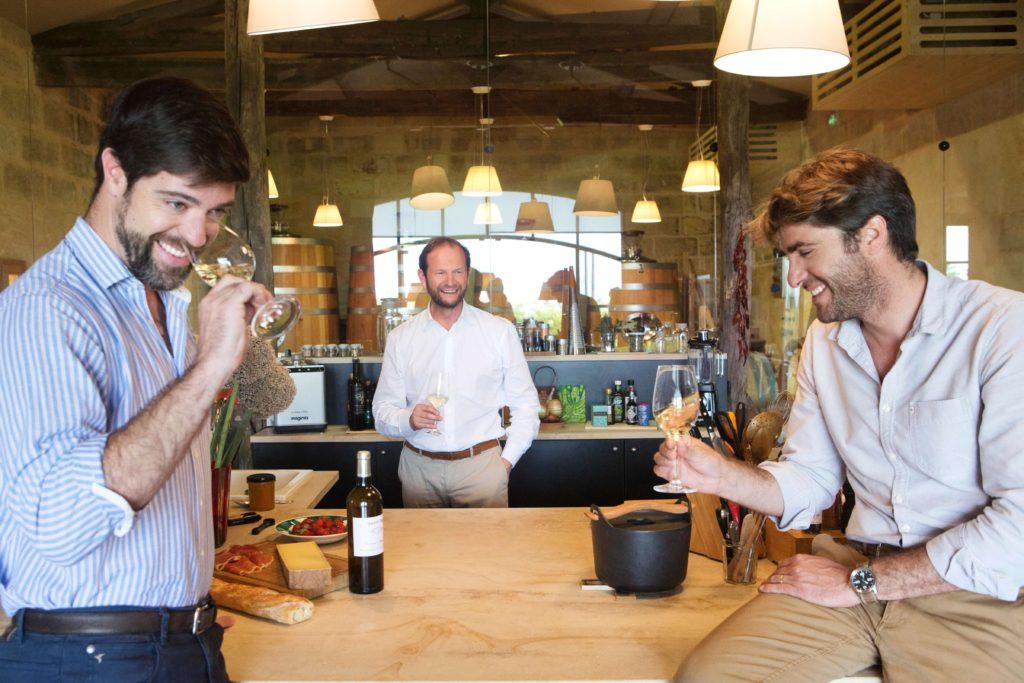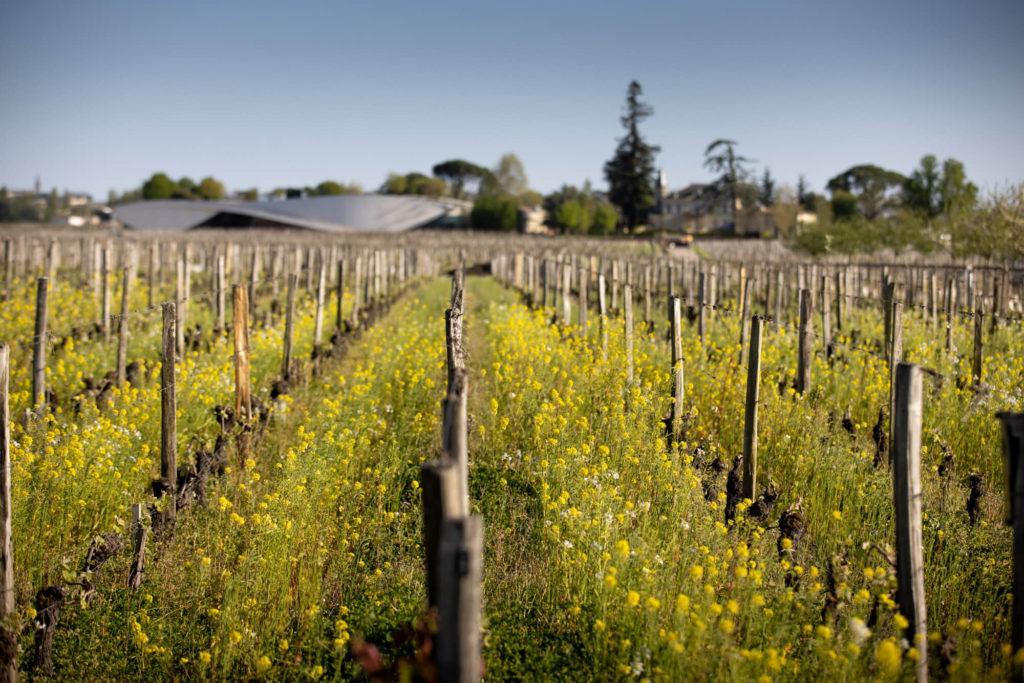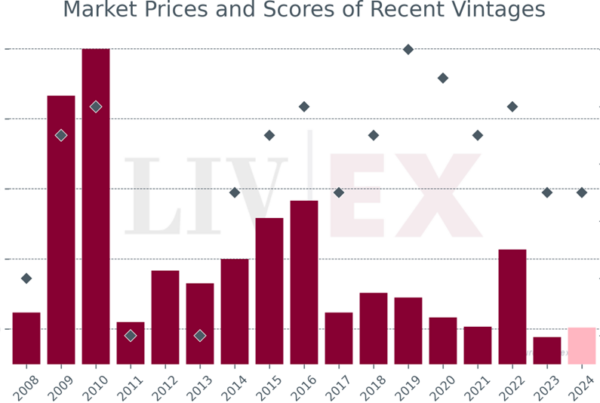Cheval Blanc became the first major Chateau to release its wines as part of the 2020 En Primeur campaign. In the article below, its team answers some key questions about this year’s vintage, and how Liv-ex data helped to inform its release price.

With Covid preventing travel, many in the trade were unable to taste your wines before you offered the wine for sale. How did this affect your planning?
In normal circumstances, the goal of En Primeur tastings is to gather the most experienced critics and members of the global trade together to exchange views. Their comments enhance our own understanding of each vintage.
Releasing our new vintage without giving them the opportunity to assess it (beyond France) was an extremely difficult decision to make.
Purchasing decisions are made with quality and price in mind. As such, there are many downsides to releasing without a full international appraisal of the quality, though we very much understand the importance of critic scores. However, in our view, there is no downside greater than sending samples of unfinished wine around the world. It wouldn’t do justice to Château Cheval Blanc.
We very much look forward to welcoming the trade to taste at the château again, when that becomes possible.
Can you give people an idea of the style of the wines this year? Does it compare with any other vintages?
We’re trying to move away from ranking our vintages. It’s tiring for us and for our customers. Whenever you ask a producer about the quality of the wine, they always say that the latest is the best!
We prefer to explain our vintages, rather than ranking them. Cheval Blanc has had great terroir for centuries. These great terroirs make great wines. We won’t repeat this every year – we prefer to focus on the description of the style, the conditions of their origin, or their personality.
The 2020 vintage is a wine that came from extreme conditions. Early in the season it was extremely dry – the most significant water deficit since 1959 at the estate. That’s why the backbone of the vintage is tannin, structure, density. Later it was extremely hot – more than 10 days above 30°C at harvest. That’s why the nose is expressive, intense, and charming.
The key to this vintage was the spring, rather than the summer. Good rainfall and mild temperatures encouraged homogeneous and regular vine growth, making it possible for the vine to accumulate everything it needed to thrive throughout the extreme summer. Terroirs such as our clays, and the vineyards of old vines, have been able to regulate the plants throughout the season to ensure freshness.
In the end, what remains in the wines are all the characteristics of a contrasted and excessive summer. The drought built a dense structure; the heat an intense and expressive nose, but thanks to the spring, the vineyard acquired the resilience to ensure that it never crossed the red line. The wines are therefore dense but not hard; they are ripe but not cooked, and they are rich but not heavy!
In short, good news: The wines will perfectly tell the climatic story of the vintage. That’s why we make wine – to put terroir and the characteristics of the vintage into the bottle.

How are production levels in St-Emilion this year?
We can’t answer about St-Emilion in general, but production at Cheval Blanc was down on the previous vintage. We can’t complain: Our clay terroirs ensured freshness, and the deep rooting system of our old vines allowed us to feed the vines properly, which prevented yields from being impacted too severely.
You caught many people by surprise with your early release. What was the thinking behind this?
We did, indeed. We have known our price for weeks, as well as the message that goes with it, and the volumes we wanted to release. Once the families who own the property agreed, there was no point in waiting. Our feeling was that once the wines were tasted by the professionals who were able to come to the estate, the campaign needed to move quickly.
How has the release been welcomed by the market so far, from what you are hearing?
The different international markets found immediate interest in the offer as they opened throughout the day. Négociants keep sending us lists of under-allocated distributors worldwide. We tried our best to release good volumes – 20% up on last year despite a smaller production – but now we must keep what is left as long-term stock at the estate.
How did you price your wine for En Primeur release? What tools and data help you inform your decision making?
We rely on two main resources. Liv-ex data accurately reflects the business-to-business market. Specifically, we used the Liv-ex Fair Value tool. It helped us to position the release price against our other vintages in the market. We also received advice from Bordeaux brokers from La Place de Bordeaux, which is responsible for distributing the largest share of wine around the world.
It is interesting how the two can differ when the market is shaken, or can tie in when the market knows where it is heading. We also look at retail prices online.
What do you see as a “successful” En Primeur campaign?
A successful En Primeur campaign should combine commercial success with communication success. It should generate demand across geographies and lay the foundations for long-term price appreciation of our wines.
To read Liv-ex’s analysis of Cheval Blanc’s 2020 En Primeur release, Click here.

